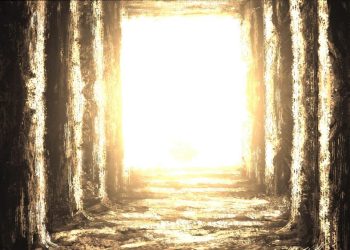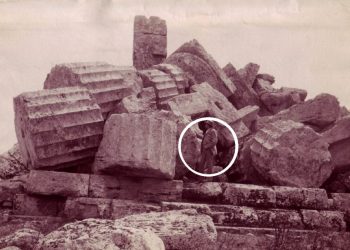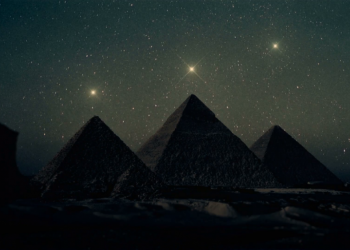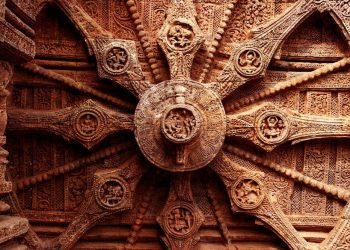The Cochno Stone is one of the most intriguing archaeological discoveries in Europe—a 5,000-year-old carved slab covered in spirals, rings, and symbols whose meaning remains unknown. Some believe it’s a cosmic map written in stone, pointing to ancient knowledge we’ve yet to fully understand.
A Neolithic mystery buried beneath Scottish soil
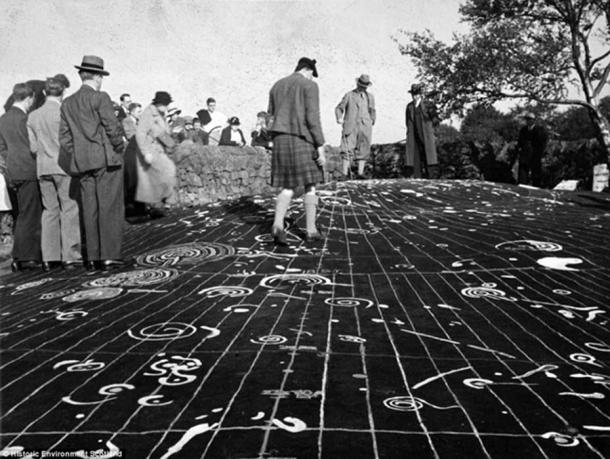
Hidden for decades beneath the ground in West Dunbartonshire, Scotland, the Cochno Stone has puzzled researchers, historians, and skywatchers alike. Measuring an impressive 13 by 7.9 meters, this ancient sandstone slab is etched with over 90 carvings—rings, spirals, radial lines, and cup marks—that defy easy interpretation.
Discovered in 1887 by Reverend James Harvey near what was once Cochno Farm, the site is locally known as “Whitehill 1” or “the Druid Stone.” Its age has been traced back to around 3000 BC, placing it among the earliest examples of prehistoric rock art in Europe. And yet, the mystery of the Cochno Stone lies not just in its age—but in what the symbols might mean.

Carved messages or celestial code?
The carvings on the Cochno Stone are among the finest known examples of Neolithic or early Bronze Age petroglyphs. But beyond their beauty, scholars have struggled to decode their purpose. Are they religious symbols? Abstract art? Or something more scientific—possibly a way to track celestial cycles?
In 1965, archaeologist Ludovic Maclellan Mann ordered the stone to be buried beneath soil to protect it from vandalism. Before doing so, however, he painted a series of white lines across its surface to support one of his most controversial theories: that the markings were a kind of prehistoric eclipse calculator, tracking the movement of the sun and moon across the sky.
That theory, though largely dismissed by modern archaeologists, ignited decades of speculation. Could the symbols really be a map of the stars?
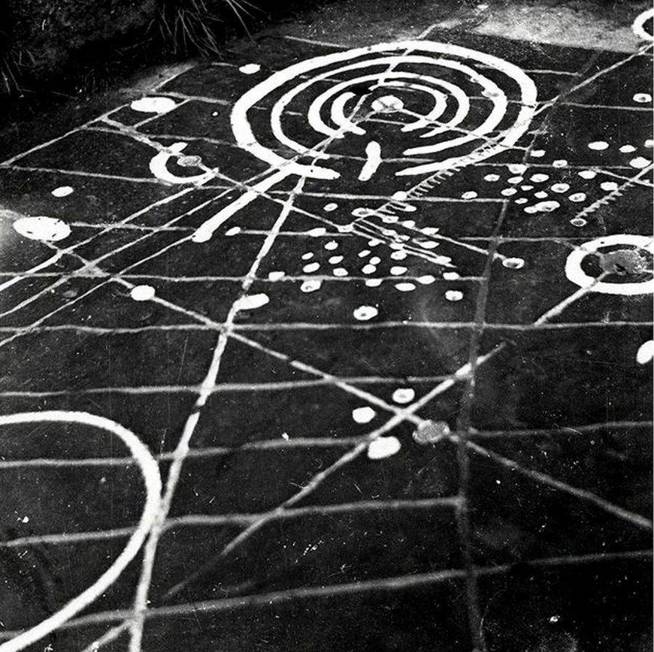
The Cochno Stone and the sky above
In 2015, archaeologists from the University of Glasgow partially re-exposed the Cochno Stone during a short investigation. A year later, the entire surface was uncovered, allowing researchers to digitally scan, document, and study the intricate carvings in full detail. Though no definitive answers have emerged, some researchers suggest the symbols may represent constellations, planets, or seasonal alignments that were important to ancient observers.
“Some people think that the Cochno Stone is a map showing the other settlements in the Clyde Valley – that’s one of the theories,” said history researcher Alexander McCallum. “I think it was probably used for lots of things; it was never used for just one thing, and over hundreds of years, it changed use.”
McCallum also points to deeper symbolic interpretations. “As far as the symbolism goes, some believe it’s a portal—of life and death, rebirth, a womb, and a tomb. People believed in reincarnation, so they would go into the earth and then come out again.”

A global mystery carved in stone
What makes the Cochno Stone even more fascinating is its connection to similar carvings found around the world. Petroglyphs with cup and ring motifs appear in dozens of ancient cultures—throughout the British Isles, in Spain, and even as far away as Mexico and India. This widespread pattern has led some to wonder whether a shared language of symbols once spanned the globe.
Though interpretations vary, the Cochno Stone remains one of the most significant of its kind. Today, it’s one of at least 30 recorded rock art sites in West Dunbartonshire alone. A further 36 sites have been documented in nearby Inverclyde, including markings found on the grounds of Gourock Golf Course.
Whether it’s an astronomical calendar, a sacred ceremonial slab, or something else entirely, the Cochno Stone refuses to give up its secrets. But its carvings—so carefully etched, so deliberately placed—suggest the people who made it were mapping something far more meaningful than we yet realize.






